Resources
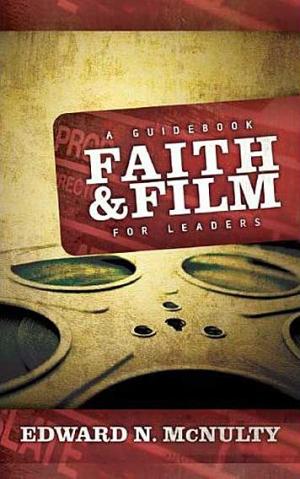
Growing numbers of church leaders are discovering that many films are able to impact viewers with gospel truths almost as well as a good sermon. Former pastor and longtime reviewer of films Ed McNulty offers this insightful guide to help church leaders enter into dialogue with contemporary films. McNulty carefully crafts a theology of movies and then provides practical suggestions for creating and leading movie discussions with groups. In addition, he provides people from all across the theological spectrum with a framework to understand whether the overall message of a film outweighs concerns over profanity, violence, or sex in the film. He concludes by introducing twenty-seven films and including provocative questions about each that will prepare leaders to assemble and facilitate a group. Popular films explored include The Color Purple; Crash; Hotel Rwanda; The Matrix; Million Dollar Baby, O Brother, Where Art Thou? and Shawshank Redemption. Faith and Film accessibly and comprehensively helps readers and moviegoers develop "eyes that see and ears that hear" how God's messages of hope and love are revealed in contemporary films. (From the Publisher)
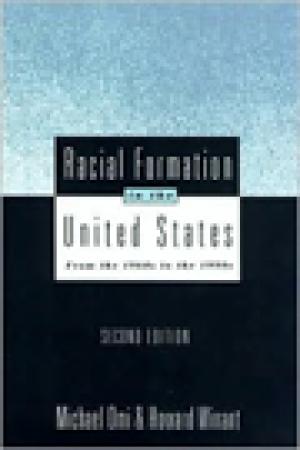
First published in 1986, Racial Formation in the United States is now considered a classic in the literature on race and ethnicity. This second edition builds upon and updates Omi and Winant's groundbreaking research. In addition to a preface to the new edition, the book provides a more detailed account of the theory of racial formation processes. It includes material on the historical development of race, the question of racism, race-class-gender interrelationships, and everyday life. A final chapter updates the developments in American racial politics up to the present, focusing on such key events as the 1992 Presidential election, the Los Angeles riots, and the Clinton administration's racial politics and policies. (From the Publisher)
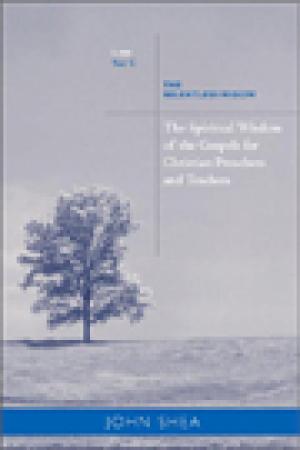
Beloved storyteller and theologian John Shea provides a unique commentary that’s ideal for preaching, teaching, or simply meditating on the Gospels. His writing is poignant and conversational, making this book a valuable tool for professional ministers, as well as for Christians who reflect on the Gospels for personal spiritual growth. Shea draws readers into the people and situations for Jesus encountered in ways that are evocative and inspirational. This resource is based on Catholic and Revised Common Lectionaries, making it accessible across Christian denominations. (From the Publisher)
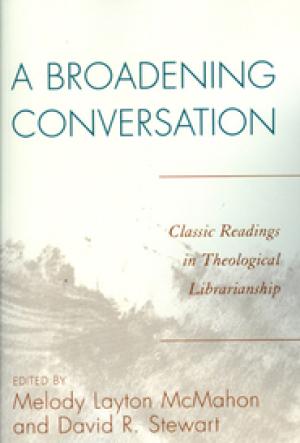
The American Theological Library Association has served libraries, librarians, and academic institutions with distinction for sixty years. A Broadening Conversation offers a means of listening in on the rich and vivid conversation of this community over the course of its history so far. (From the Publisher)
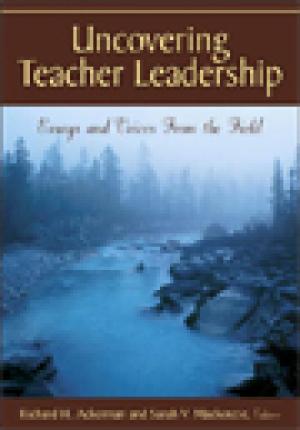
Immerse yourself in exploring the heart of teacher leadership! Practicing the art of teacher leadership requires self-reflection, creativity, and discipline. This comprehensive reader brings together the top voices in the field, encouraging teacher leaders to examine the tensions in their practice. Edited by recognized leadership experts Richard H. Ackerman (author of The Wounded Leader) and Sarah V. Mackenzie, this must-have resource contains classic essays and contemporary gems that explore teacher leadership in insightful and surprising ways. This well-organized compendium features stories and lessons from teacher leaders that explore current issues, underlying feelings, and fresh perspectives. Within a five-part structure, each section begins with an introduction and closes with questions designed to encourage reflection and discussion. Readers will be able to use * Stories, essays, and research findings for insight and exploration * Protocols to structure conversations about common issues * Ideas for inspiring and motivating other educators to examine and improve their practices * Contributions from teacher leader experts such as Roland Barth, Barnett Barry, Mary Dietz, Gordon A. Donaldson Jr., Michael Fullan, Sam M. Intrator, Marilyn Katzenmeyter, Linda Lambert, Ann Liebermann, Gayle Moller, and many more Revealing the inner world of teacher leaders will prompt readers to think more deeply about their own leadership. (From the Publisher)
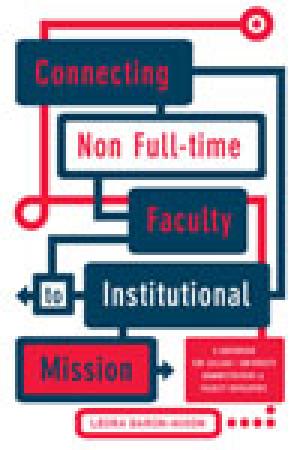
Adjuncts have become the lifeline of a vast majority of colleges and universities. They teach many of the foundation and core courses taken by first and second year students, they teach professional courses in which their own life experiences are invaluable, and they step in on short notice to fill in for regular faculty engaged in research or away on sabbaticals. A survey of over 4,000 institutions conducted by the US Department of Education reveals that adjuncts are being hired at a much higher rate than full-time faculty. This is due partly to increased enrollment, partly to reduced budgets, partly as a deliberate administrative strategy, and partly to convenience. The importance of adjuncts to the college or university cannot be overstated. This book provides academic administrators and faculty developers with proactive, practical and results-producing approaches that can help transform fragmented faculties into inclusive and cohesive teaching and scholarly communities. Structured in an easy-to-follow, practical format, this book provides an invaluable resource of thoughtful and pragmatic approaches to ensure the both quality and satisfaction on the part of the institution and the adjuncts. Topics are presented in a thematic sequence that allows decision-makers to focus on their priority areas; guidance is provided for systematic planning and implementation. The contents focus on connecting adjunct faculty to core institutional functions and structures: Connection #1 - To The Institution; Connection #2 - To The Department; Connection #3 - To The Profession & The Discipline; Connection #4 - To Teaching; Connection #5 - To Students; Connection #6 - To Scholarship. (From the Publisher)
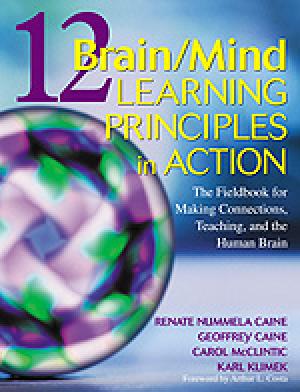
Step up to-and meet-the challenges of how to use the latest brain research for teaching, with practical concrete applications! This new book from the Caines and their colleagues will introduce new readers to their renowned 12 organizing principles for how the brain learns and how to use that knowledge for student learning. For those hundreds of thousands already using the Caines' groundbreaking work in their schools, this fieldbook will bring the latest research on the brain and its executive function and make the principles more practical than ever before for classroom application. 12 Brain/Mind Learning Principles in Action is grouped around key teaching and learning fundamentals: * Climate for learning * Instruction * Student processing (From the Publisher)
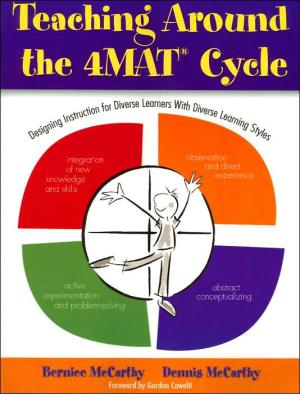
From the Publisher Learning styles are linked to preferences in the ways people perceive and process experience. Bernice McCarthy's unique 4MAT cycle is a brain-based teaching method that emphasizes diverse learning styles, honors learner individuality, teaches concepts as well as facts, and improves student thinking and performance on traditional as well as high-stakes assessments. With 25+ years of field testing and field use supporting its effectiveness, the 4MAT method uses a 4-quadrant cycle of learning that begins by engaging learners through direct experience, moving them toward: Reflective observation, Abstract conceptualizing, Active experimentation and problem-solving, Integration of new knowledge and skills. Learning happens as we unite our experiences and their meaning with actions that test those meanings in the world. This exciting new resource offers schools a powerful tool to enhance teaching and learning for students with all learning styles, backgrounds, and preferences.
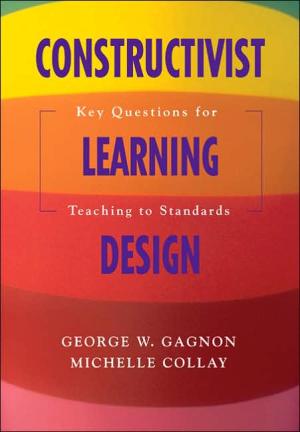
From the Publisher Educators expect learners to solve problems, think critically, communicate effectively, and collaborate well. These complex processes require young learners to engage in active learning and to understand that their own experience is the foundation for new learning. They also require teachers to move from the traditional role of "sage on the stage" to the new role of "guide on the side." Constructivist Learning Design offers teachers a six-step framework for lesson planning and assessment: * Situation: develop goals, tasks, and curriculum standards * Grouping: group students and materials, and use cooperative learning * Bridge: recall prior knowledge using students' cognitive maps, skills, values, motivation, and expectations * Task: use higher-level thinking skills and problem-based learning * Exhibit: arrange student portfolios and work samples * Reflection: synthesize critical thinking and knowledge With clear classroom applications and ready-to-use planning templates, this research-based resource guides teachers through the complex process of aligning constructivist learning events with standards-based curriculum. Engage students in tasks, help them think for themselves, and support them in making meaning of their learning.
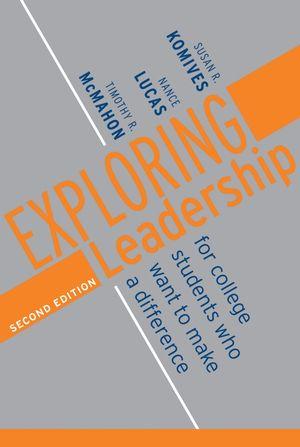
From the Publisher This is the thoroughly revised and updated second edition of the best-selling book Exploring Leadership. The book is designed to help college students understand that they are capable of being effective leaders and to guide them in developing their leadership potential. Exploring Leadership incorporates new insights and material developed in the course of the authors' work in the field. The second edition contains expanded and new chapters and also includes the relational leadership model, uses a more global context and examples that relate to a wide variety of disciplines, contains a new section which emphasizes ways to work to accomplish change, and concludes with concrete strategies for activism.